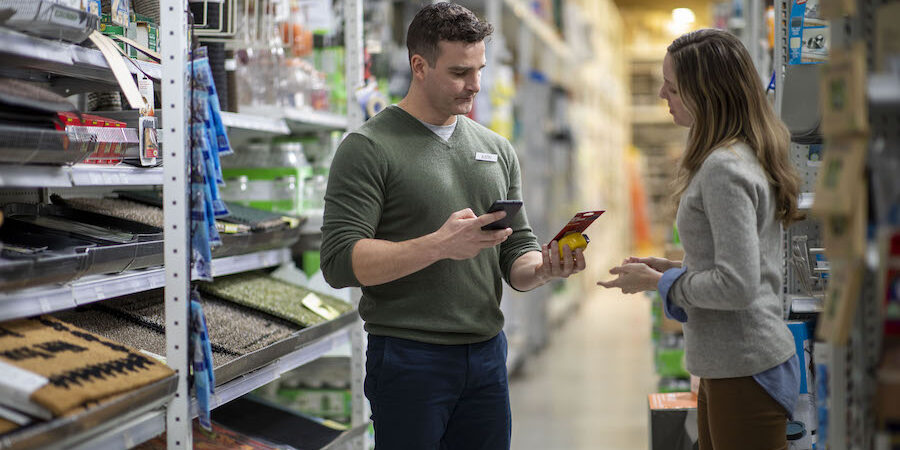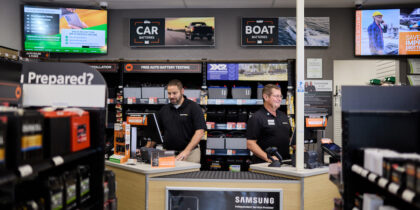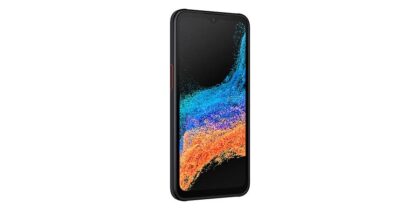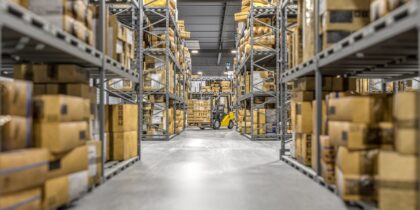Retailers know they need to leverage their physical presence to compete with online-only sellers, which continue to push the envelope in data-fueled, personalized shopping experiences and ever-faster delivery times. But just getting people to walk into the physical store is no longer enough: if it’s not a great experience, they won’t be coming back.
To live up to these expectations, retailers need new ways to create value for customers, whether they’re looking for easy access to products, knowledgeable expertise, testing a product in person or just browsing and comparing their options in a hands-on fashion.
One key to unlocking that value is mobile-enabled assistive selling. With a mobile device in the hands of every associate, retailers can utilize all the digital data they’ve amassed — inventory levels, product details, rich media demos, loyalty data, purchase history and more — and deliver it personally, in a way more tailored to the needs of the customer they’re speaking to than is possible on a digital channel. Customers not only appreciate these interactions but are more likely to spend — and spend more — when their engagement with associates is enhanced in innovative, mobile-enabled ways. IHL Group reported that sales growth was 77 percent higher for retailers who provide mobile sales tools for staff, and 92 percent higher for those who provide mobile point of sale (mPOS) options. Being able to help customers more effectively also increases employee satisfaction, thereby driving retention and quality of service.
Consider these findings:
- If an item is available both online and in store, 75 percent of consumers still prefer to make their purchase in person.
- When retail associates have mobile devices, customers are 78 percent more likely to make a purchase.
- 94 percent of consumers tend to buy more when they have an in-person interaction with a knowledgeable employee.
Consumer expectations and tech advancements like mobile-enabled assistive selling are transforming the role of the retail associate into one of trusted adviser and driver of higher conversion rates, margins and incremental revenue. This guide explores all the ways associates can use mobile and assistive selling to enrich the customer experience, and offers a step-by-step plan for retailers to start a successful assistive selling program.
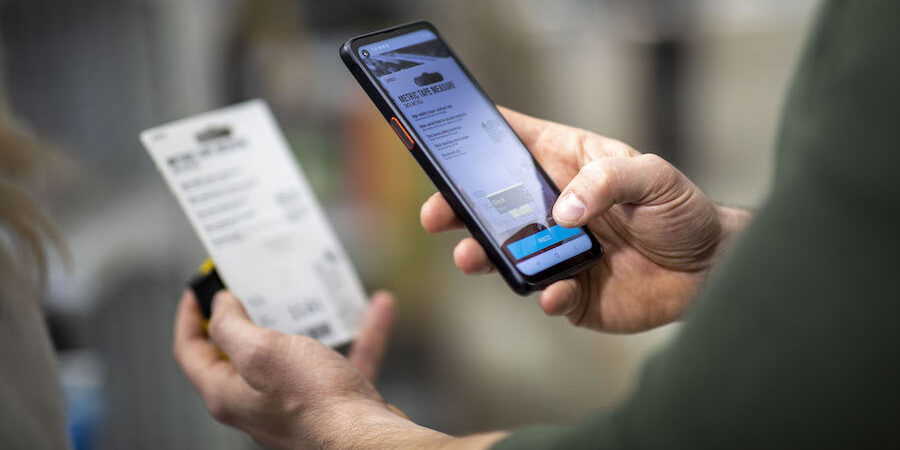
State of the store: Stuck in yesterday
With several ways to make their purchase, consumers now have to deliberately choose to visit a store. Two of the primary reasons customers make a trip to the store are for expert advice and immediate gratification. In terms of purchasing decisions, 73 percent of consumers visit stores to buy something specific they already have in mind, and their choice of store is most often based on whether they’ll be able to find what they want quickly and easily, receive quality customer service and enjoy simple and/or speedy speedy checkout.
But once the customer arrives, their experience often falls short. One big reason is the widening gulf between store experiences and consumers’ elevated expectations for digital accessibility. The information on hand in store, for example — such as the packaging sales copy or the expertise of the associates — has become insufficient for driving purchases. Consumers expect the same amount of information they can get online, and then some: extensive product details and specs, reviews, discounts, personalized recommendations and promotions, rich media demos, extensive selection of related products, options and accessories. They also want shopping to involve human contact.
This disconnect frustrates the majority of consumers:
- 83 percent of consumers believe they’re more knowledgeable than retail associates.
- 64 percent feel that companies have lost touch with the human element of the customer experience.
- 64 percent consider lack of in-store associate guidance and demos a top frustration.
And this shows up in retailers’ bottom line. According to Harvard Business Review, “Retailers tend to view store associates as an expense to be controlled rather than as a medium to provide better service for customers.” This view is linked to longstanding store challenges including high workforce turnover, lengthy ramp-up for new associates, excess downtime and unpredictable staffing requirements — all of which add up to inadequate revenue per associate.
Customers and employees want associate mobility
Mobile presents a golden opportunity to enable assistive selling that delivers real value. Mobile devices give associates all the tools they need to approach consumers with confidence. This drives successful conversions, upsells and both customer and associate satisfaction.
It’s not hyperbole: Consumers believe associate mobile devices can directly help them get what they’re looking for when they visit a store:
- 57 percent of consumers feel they receive prompt, personal service when associates collaborate on mobile devices such as tablets and smartphones to assist them in store.
- 85 percent of consumers like the idea of retail associates using handheld tools to help them check inventory and pricing.
- 76 percent find that mobile checkout — both self-service and associate-facing mobile — helps provide a faster shopping experience.
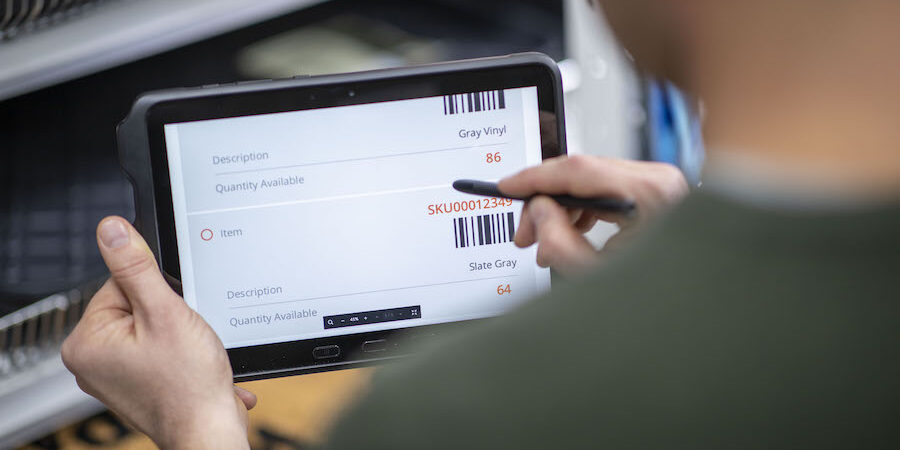
And retail associates agree with them:
- Associates call the inability to perform operational tasks on mobile the greatest impediment to providing a successful customer experience.
- 50 percent of store associates say shoppers have better tech tools than they do.
- 65 percent have used a personal mobile device in order to do their job more effectively.
- 82 percent of workers under 34 say business technology is an important factor in determining whether or not they want the job.
And when it comes to competing with Amazon, equipping retail associates with mobile devices is a key, proven strategy. “It’s really about putting your best people in a position to best serve customer-specific needs,” says IHL Prime Challenge. “When associates have the right tools and training to help with product and service offerings, that creates a positive experience for your customers.”
Early adopters in retail rate the top benefits of mobile as increased customer satisfaction (58 percent), improved employee morale (44 percent) and increased upsells and cross-sells (42 percent).
How mobile transforms assistive selling
Consumers have lots of different reasons to visit a store on any given day, so assistive selling takes many forms. Retailers need to match their mobile solutions to the wants and needs of their customers.
The average 72 percent higher sales growth found in IHL’s research is specifically credited to the assistive selling functions of accessorizing, endless aisle, clienteling and inventory management. But assistive selling has several more applications, including the following:
- Personalized product recommendations: Mobile devices allow retail associates to access recommendation engines, either anonymously (based on the product or basic demographics) or specific to the customer (using loyalty databases and purchase histories). Associates can respond to customer inquiries with items that are highly relevant to their reason for coming to the store. Personalization is a big deal for consumers. They look for personalized service when selecting where they shop (79 percent) and say it’s an important part of the experience (59 percent) once they get to the store. In fact, 43 percent of shoppers say they’re willing to pay up to 10 percent more to get a highly personalized in-store experience. Luxury fashion company Kate Spade, for example, offers personalized assistive selling experiences in its stores by equipping retail associates with real-time product information, pricing, promotions, customer reviews and up-to-date inventory from across the endless aisle. Empowered associates also connect with customers more effectively and build more meaningful relationships.
- Omnichannel experiences: Omnichannel shopping options such as ship from store and click and collect have quickly become essential in retail. Execution is critical, and store associates are the key to achieving it. Receiving, picking and packing orders for store pickup is much more efficient when associates always have a mobile device available to drive those operations, and retailers can offer rapid pickup services. Among the many retailers benefiting from mobile-enabled omnichannel services is Beall’s department store, where associate mobile devices reduced the time they spent on price changes and packaging online orders by 25 to 35 percent, which in turn provided faster order pickup for shoppers.
- Inventory and task management: Mobile devices support the inventory management functions of assistive selling in two ways. One is by streamlining tasks that ensure inventory is accurate and available for all selling channels. The other is to satisfy one of customers’ top reasons for approaching an associate: to locate a size, color or out of stock item. In fact, 40 percent of associates say looking up inventory in-store, at other locations and online would be the biggest benefit of mobile.
Transform retail associate performance
Get your free guide to empowering retail associates with mobile devices and data. Download Now
- Relationship development: Clienteling takes customer service beyond answering a simple question or placing an order. Mobile devices elevate the best of assistive selling — a one-on-one interaction with a knowledgeable associate investing their time and focus in a specific customer. With all the answers at their fingertips, retail associates can provide deeper insights — not only accessing product, customer, inventory, pricing and personalized promotions on the spot, but documenting customer data to enrich future shopping experiences. Some retailers are taking these relationships another step further, empowering their top associates to become on-floor influencers, drawing social media followers in with posts and personalized texts about new merchandise and promotions. “What Clienteling 4.0 really does … is turn a store associate into something more like an affiliate seller,” Forbes explains. “Because consumers may be acting directly on something generated by a store employee, it’s much easier to track the direct influence that store employee has on generating sales. And some retailers are paying direct commissions for those sales.”
- Delivering promotions and discounts: In a highly competitive retail marketplace, consumers expect their loyalty to be rewarded. Retailers can help shoppers access personalized offers with real-time mobile access to their purchase history and loyalty points. The same technology can help retailers ensure authorized access to insider perks like special events that reinforce brand excitement and following.
- Enhanced screen sharing: When a customer and associate share a mobile screen, it drives a 25 percent larger average ticket. Screen sharing brings a potential purchase to life, allowing the customer to see all their options, custom-configure and view rich media. They can even access next-gen tools such as AR — and 32 percent of consumers say they’re likely to shop at a store that offers an AR experience. Many retailers in the furniture, jewelry, beauty and home improvement sectors offer AR apps, many of which can be viewed on a shared screen. Large format screens such as Samsung Galaxy tablets make screen sharing easy. Remote video consultations can also enrich the customer experience. Associates can use their mobile devices to access remote stylists or other experts to ensure the customer receives professional advice that satisfies their needs. Macy’s offers virtual collaboration with stylists, while Chico’s associates use their Client Book app to personalize online storefronts — curating products according to a customer’s attributes and purchase history — and offer them the chance to work online with a personal stylist.
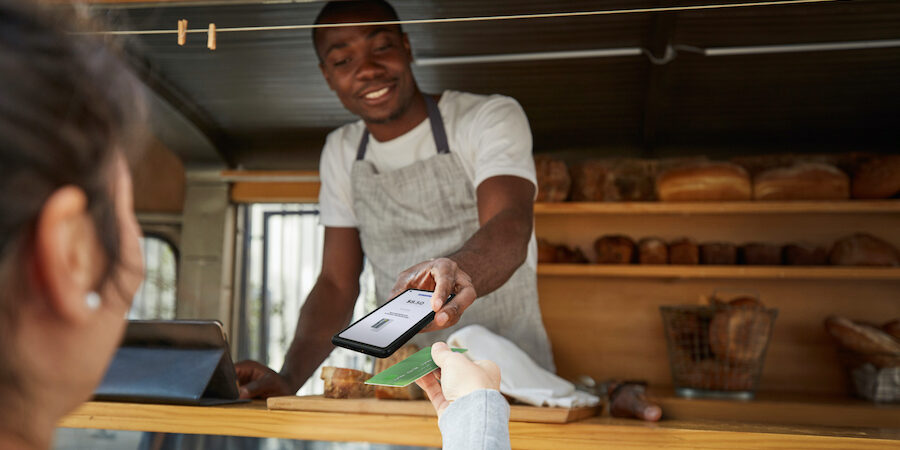
Rolling out a leading-edge assistive selling program
Assistive selling fueled by mobile devices transforms everything about the in-store experience, for customers and retail operations alike. But simply adding new retail technology to current business processes will not fulfill the assistive selling promise. Here are the necessary steps to get there:
- Establish clear goals and a road map. Assistive selling pays when it helps retailers achieve their business goals. In 2019, for example, retailers listed their top two strategic priorities as personalizing the customer experience (51 percent) and empowering store associates (48 percent). It’s important to start with the assistive selling use cases that most resonate with these objectives. Before doing anything, benchmark your current processes, which will help measure your progress. You should also establish key performance indicators (KPIs) to make those measurements.
- Commit to a 1:1 associate mobile program. Mobile pays its biggest dividends when any associate is ready to switch tasks at any time to serve the customer. This can only be achieved when every retail associate on the sales floor is equipped with a mobile device. Retailers adopting a 1:1 mobile approach include Walmart and Home Depot. According to Oxford Economics, “companies that prioritize the effectiveness of mobile workflows and applications are more likely to provide devices to all employees” (65 percent).
- Select the right device. This means not only ensuring the form factor and features are a fit for your use cases but considering the all aspects of device ownership: Are the devices secure? Can they be easily configured, managed and supported on a large scale? Do they come from a provider that’s knowledgeable about retail and invested in your success?
- Define new sales processes. Adopting mobile-enabled assistive selling means retailers can transform their brand experience. They must decide how associates should approach customers, how to prioritize selling and other tasks and so on, so that mobile devices feel like a natural part of the store experience.
- Deliver proof of concept, pilot and refine. A smooth execution requires that new processes be flawless before rolling them out at scale. Working through these steps ensures retailers identify and iron out any issues before introducing mobile into the store environment.
- Provide multifaceted training. Right now just 30 percent of retailers provide training to store associates for mobile deployments. Dixons Carphone, for example, saw limited adoption due to poor training, but additional learning investments helped drive a 40 percent increase in in-store conversions. Home Depot’s mobile app for associates incorporates learning activities like gamification to blend training into the sales process. Sam’s Club retail associates use their mobile devices to “Ask Sam” anything they need to know.
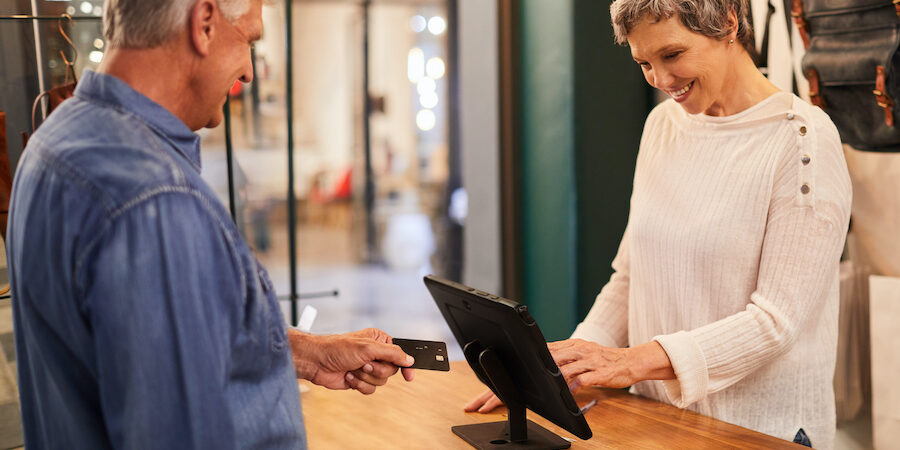
Assistive selling is essential for the future of retail
“The question about whether the employee is essential or superfluous to the next-generation store is also settled — employees are essential,” says Retail Systems Research (RSR). The most successful retailers are those that buy into this vision.
Samsung offers retailers the solutions they need to incorporate well-designed assistive selling programs into their own operations. In addition to a broad array of associate mobile devices to meet every use case and price point. Samsung also offers tools and services that are essential to driving associates’ success, including tier one consulting and implementation expertise, enterprise-ready security and logistics and robust but easy-to-use mobile management tools.
Retail associates need instant access to the right data, on the spot, to fulfill the elevated role that consumers expect from today’s shopping experiences. A great partner and thoughtfully designed 1:1 mobile program ensures retailers can deliver an assistive selling experience that adds value and makes in-store visits a win for the consumer, the associate and the retailer alike.
Once you have a mobile rollout planned or in place, evaluate your strategy according to expert guidance with this quick, free assessment, so you can deliver more fulfilling customer experiences. And for more in-store innovation inspiration, discover the rest of Samsung’s retail technology solutions, built for full-featured, efficient customer service.
